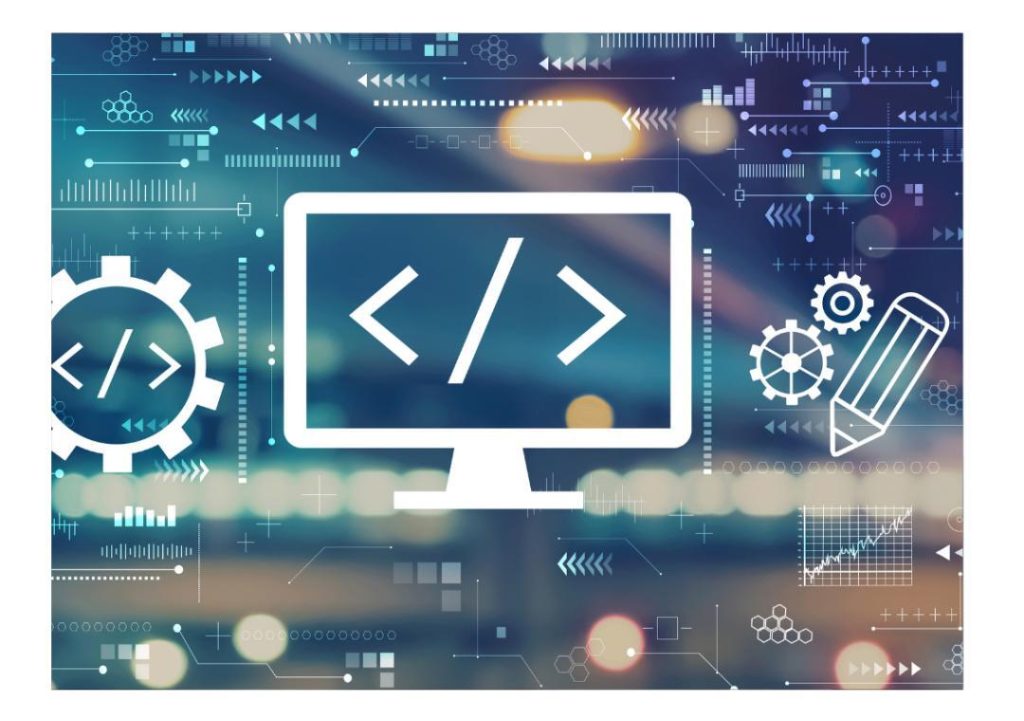
Can your team build analytics without writing code?
The world of data analytics has undergone a significant transformation in recent years. Gone are the days when only engineers and developers could build analytics solutions. The rise of no-code and low-code tools has democratized data analysis, making it possible for teams to create insights without writing a single line of code.
In this blog post, we’ll explore the benefits of no-code and low-code analytics, and how they’re changing the way teams work with data. We’ll also discuss the implications of this shift and what it means for the future of data-driven decision-making.
What are no-code and low-code analytics?
No-code analytics refers to tools that allow users to build analytics solutions without writing any code. These tools provide a drag-and-drop interface that enables users to create dashboards, automations, and other analytics solutions without needing to write a single line of code.
Low-code analytics, on the other hand, refers to tools that require some coding knowledge, but still provide a significant amount of automation and visual interfaces. These tools may require users to write some code, but the amount of code required is much less than traditional programming.
Benefits of no-code and low-code analytics
The benefits of no-code and low-code analytics are numerous. Here are a few examples:
- Speed: No-code and low-code analytics tools allow teams to build analytics solutions quickly and efficiently. This means that teams can get insights and analysis to stakeholders faster, which can lead to faster decision-making and improved outcomes.
- Independence: With no-code and low-code analytics tools, teams don’t need to rely on developers to build analytics solutions. This means that non-technical team members can build and maintain their own analytics solutions, without waiting in dev queues.
- Accessibility: No-code and low-code analytics tools open up data analysis to a wider range of people. This means that teams can involve more people in the analytics process, which can lead to a broader range of perspectives and insights.
- Cost-effectiveness: No-code and low-code analytics tools can be more cost-effective than traditional programming. This is because they often require less expertise and less time to build and maintain.
Examples of no-code and low-code analytics tools
There are many no-code and low-code analytics tools available today. Here are a few examples:
- Tableau: Tableau is a popular no-code analytics tool that allows users to connect to data sources, create dashboards, and share insights with others.
- Power BI: Power BI is a low-code analytics tool that allows users to create interactive dashboards and reports.
- Google Data Studio: Google Data Studio is a no-code analytics tool that allows users to create custom dashboards and reports.
- Mixpanel: Mixpanel is a low-code analytics tool that allows users to track user behavior, create funnels, and build custom reports.
Implications of no-code and low-code analytics
The implications of no-code and low-code analytics are significant. Here are a few examples:
- New roles: The rise of no-code and low-code analytics means that new roles are emerging. For example, data analysts and business analysts are now able to build and maintain their own analytics solutions, without relying on developers.
- New skills: The rise of no-code and low-code analytics means that teams need to develop new skills. For example, teams need to develop skills in data visualization, data storytelling, and data analysis.
- New tools: The rise of no-code and low-code analytics means that new tools are emerging. For example, teams are now using tools like Tableau, Power BI, and Google Data Studio to build analytics solutions.
- New workflows: The rise of no-code and low-code analytics means that new workflows are emerging. For example, teams are now using workflows that involve data analysts, business analysts, and stakeholders working together to build and maintain analytics solutions.
Conclusion
No-code and low-code analytics are revolutionizing the way teams work with data. These tools are democratizing data analysis, making it possible for teams to build analytics solutions without writing code. The benefits of no-code and low-code analytics are numerous, including speed, independence, accessibility, and cost-effectiveness.
As teams adopt no-code and low-code analytics, they’ll need to develop new skills, new roles, and new workflows. But the rewards will be worth it. With no-code and low-code analytics, teams will be able to build analytics solutions faster, more efficiently, and more effectively.
Source:
https://www.growthjockey.com/blogs/future-trends-data-analytics






